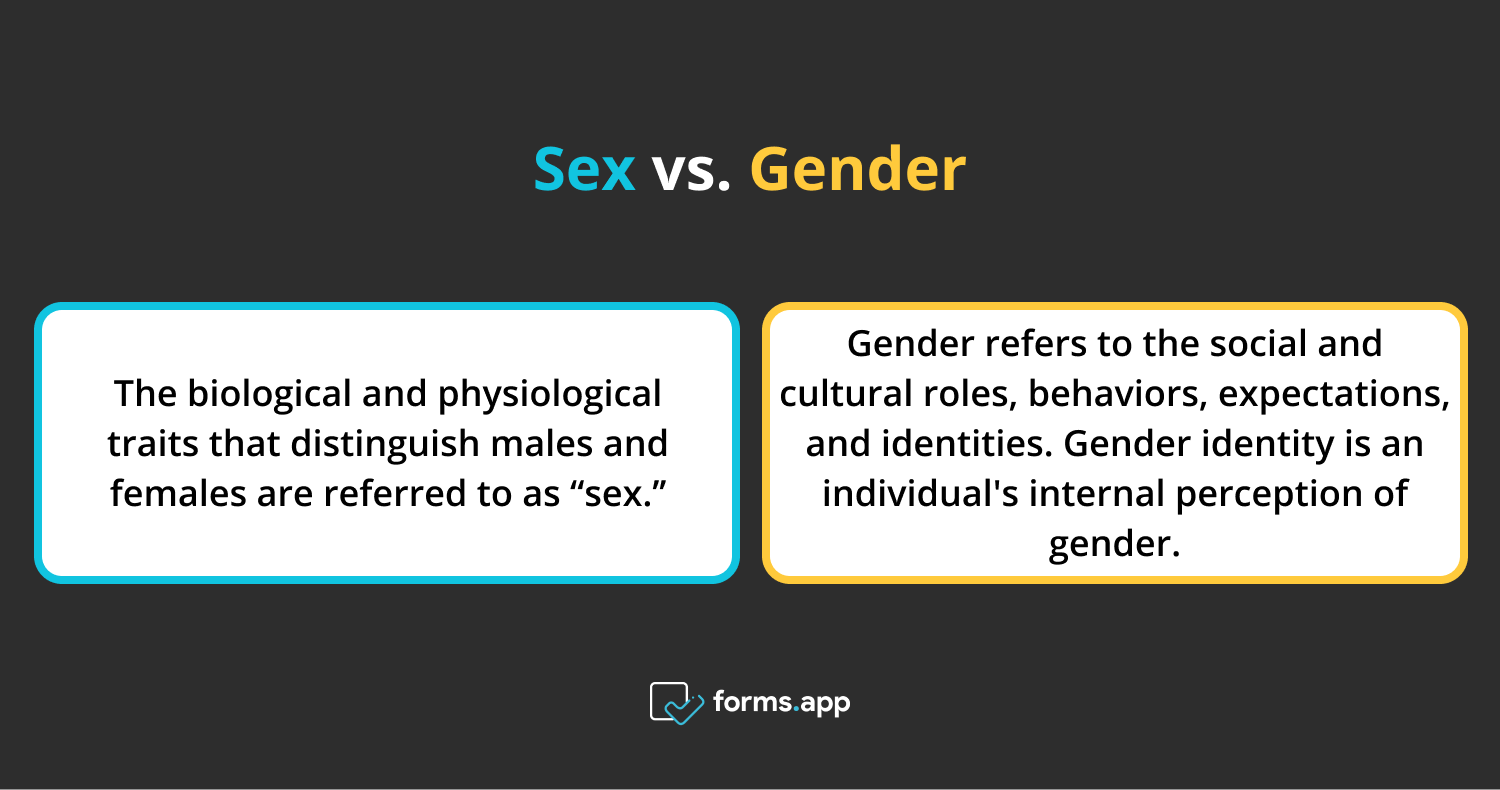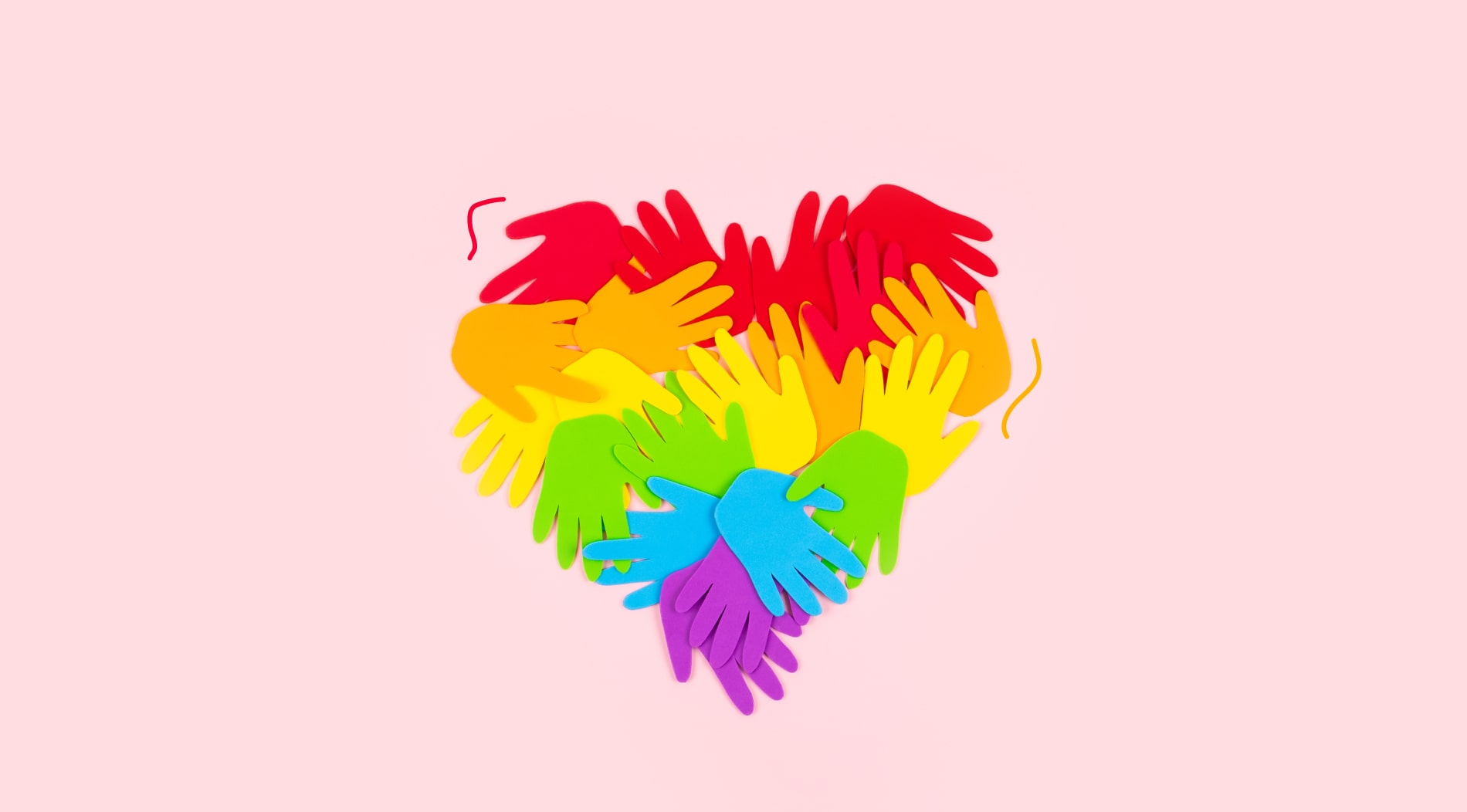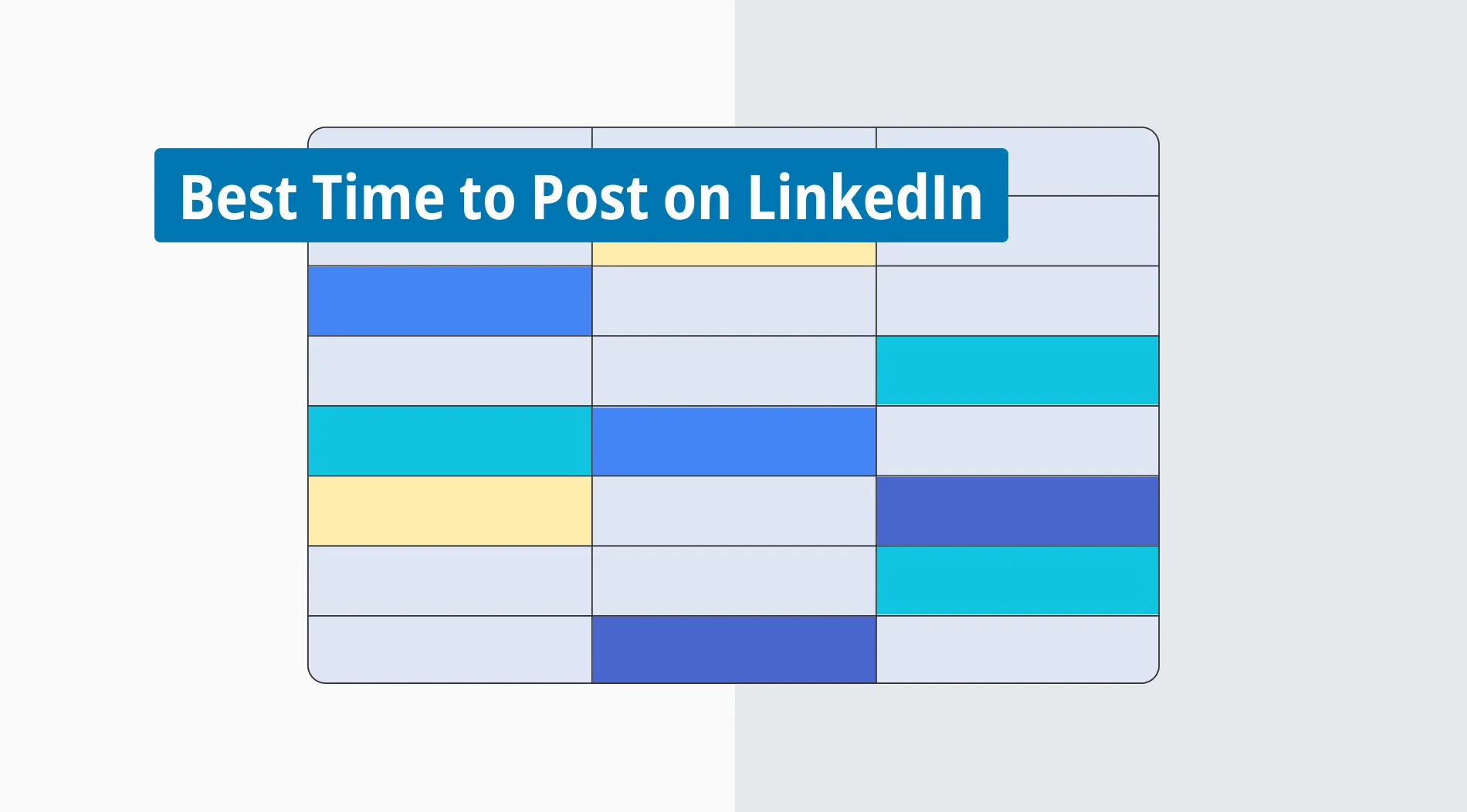In research and data collection, gender identification has grown in importance. Many survey writers still have difficulty properly writing questions on gender, though. Also, understanding distinct groups' needs, actions, and opinions largely depends on surveys.
Poorly designed gender questions might result in erroneous or partial data that does not accurately reflect the whole range of gender identity. The best methods for formulating gender questions that are understandable, considerate, and inclusive of various gender identities will be covered in this article.
Why do you need to be careful when writing and asking gender questions?
Since gender is a sensitive and private subject for many people, it is imperative to take caution when writing about and posing gender-related topics. Our cultural, social, and personal experiences can impact how we define ourselves. Beyond the superficial classifications of male and female, gender is a complex concept.
In addition to being unpleasant and insulting, using the wrong pronouns or making assumptions about someone's gender identity can cause them to feel rejected and alienated. It's crucial to respect each individual's gender identity and to refrain from inferring gender from someone's appearance, name, or any other trait.
What’s the difference between sex and gender?
While they are sometimes used interchangeably, the terms "sex" and "gender" identity relate to an individual's different aspects. This confusion can result in misconceptions and feed negative biases and stereotypes. We may try to create a culture that is more inclusive and tolerant by encouraging knowledge and education about the distinctions between sex and gender.
- The biological and physiological traits that distinguish males and females are referred to as “sex.” They consist of hormones, chromosomes, and reproductive organs.
- Typically, a person's sex is determined by their reproductive system and the chromosomes their parents gave them. We can say that sex is assigned at birth.
On the other hand, gender refers to the social and cultural roles, behaviors, expectations, and identities associated with the male and female genders. It includes a variety of qualities, like one's self-identification as male, female, or non-binary. Gender identity is an individual's internal perception of gender.

The difference between sex and gender
Two ends of the spectrum: Mistakes to avoid in gender questions
There are two extremes on the gender spectrum that ought to be avoided while discussing them. Too many gender options are the first error to avoid. Using only two alternatives is another error to avoid when asking a question about a person's gender, though.
Adding too many options
While it's crucial to have a variety of gender-inclusive alternatives, having too many might be burdensome and confusing for participants. This may potentially result in inaccurate data and troublesome analysis. So, it's imperative to establish a balance between inclusivity and pragmatism.
Example: Which of the following gender identities do you most closely identify with?
a) Male
b) Female
c) Agender
d) Transgender
e) Androgyne
f) Bigender
g) Butch
h) Cisgender
i) Cishet
j) Demigirl
k) Demiboy
l) Genderfluid
m) Omnigender
n) Polygender and pangender
o) Other
Using only two options
Male and female, the two conventionally accepted gender binary alternatives, do not take into consideration the diversity of gender identity and may insult non-binary people. Non-binary and genderqueer alternatives are crucial for being inclusive and supportive of all gender identities. By not doing so, statistics may be distorted, and some groups may be underrepresented.
Example: What gender do you identify as?
a) Male
b) Female
What to consider when writing gender questions?
Whether creating surveys, questionnaires, or any other type of data collection, the style of questions is critical, especially when it comes to gender. In order to avoid exclusion or bias towards any gender identity, asking questions regarding gender is a delicate topic that requires careful attention. It would be useful to add questions as options. Including options for gender identity can help promote awareness and education about the diversity of gender identities that exist.
- Consider the context: The context in which the gender question is being asked is essential to consider. For example, asking for gender on a job application may require different options than asking for gender in a survey about personal identity.
- Include open-ended questions: If the available alternatives do not adequately express the survey takers’ opinion on the gender-related topic, consider enabling them to type in their own response options.
- Avoid asking questions that aren't essential: It might be invasive and uncomfortable for respondents to be asked questions about their gender that aren't necessary for the data gathering.
- Use gender-neutral language: There are more aspects of gender than just male and female, and this situation demonstrates respect for people's gender identities. Regardless of a person's gender identification, this can help create a more friendly and tolerant environment (e.g., "they" or "them").
5 Question examples about gender
We mentioned that it is critical to tackle gender issues with compassion and respect in order to ensure that all gender identities are appropriately portrayed. In this article, we have included 5 sample questions to give you a hint.
1 - How would you describe your gender identity? (Single selection)
a) Male
b) Female
c) Transgender
d) Non-binary
e) Genderqueer
f) Other
2 - What effects do you believe gender norms in society have had on your experiences? (Long text)
3 - How important is it to you that your friends and family use your preferred pronouns? (Single selection)
a) Very important
b) Important
c) Not very important
d) Not at all important
4 - What steps should be taken, in your opinion, to make society a more welcoming and equal place for people of all gender identities? (Multiple selection)
a) By fostering knowledge of and sensitivity to the range of gender identities
b) By promoting laws that defend and assist people with all gender identities
c) By opposing detrimental gender preconceptions and conventions
d) By offering assistance and resources to anyone who has encountered harassment or discrimination because of their gender identity
e) Other
5 - On a scale between 1-5, how comfortable are you discussing issues related to gender with others? (Opinion scale)
Wrapping it up
It is critical to recognize that gender is a nuanced and diverse aspect of identity and that questions should reflect this diversity and complexity. Since people's attitudes on gender continue to shift, survey researchers should explore new ways to pose gender-related questions that reflect the changing nature of gender identity and create greater understanding and inclusivity.
With these guidelines and examples, survey designers can create gender-related questions that are both practical and inclusive, resulting in a better understanding of the needs and experiences of people of various gender identities.
Ayşegül is a content writer at forms.app and a full-time translation project manager. She enjoys scrapbooking, reading, and traveling. With expertise in survey questions and survey types, she brings a versatile skill set to her endeavors.


